Actively engaging English Language Learners (ELLs) in vocabulary-building activities is pivotal for their language development. Today I want to share with you two dynamic ESL vocabulary activities: "Write the Room" and "I Have, Who Has" that can be differentiated to meet the diverse needs of learners, injecting both fun and engagement into your classroom.
Write the Room: An Interactive ESL Vocabulary Scavenger Hunt
What is Write the Room?
Write the Room is a vocabulary activity/ game that seamlessly combines movement and learning. Teachers strategically place word cards around the classroom, and students embark on a "scavenger hunt" to find and write down the words on a corresponding worksheet. Write the room can be a powerful tools to boost engagement, all while supporting your ongoing unit of study.
Differentiation Strategies:
Hide and Seek Cards: Differentiate by hiding cards with or without words to cater to varying proficiency levels.
Recording Paper Choices: Offer different recording paper options, such as dotted words, dotted lines, or specially designed sheets for early learners (K-1) to promote penmanship skills.
Tailored Engagement: Differentiating the cards and recording sheets ensures that each student is appropriately challenged.
Visual and Tactile Learning: Varied recording paper options accommodate different learning styles.
Transformative Impact:Write the Room becomes a versatile ESL tool, adapting to the diverse needs of learners. This differentiation promotes inclusivity, ensuring every student finds the activity both enjoyable and beneficial.
Research consistently emphasizes the importance of active learning and movement in the classroom for language learners. According to studies, physical activity can enhance cognitive function and contribute to better retention of information. This activity incorporates movement as students actively search for and engage with vocabulary around the classroom.
I ESL Have, Who Has: A Collaborative Vocabulary Game
What is I Have, Who Has?
"I Have, Who Has" is a cooperative vocabulary game where each student receives a card with a word or phrase. The game starts with one student reading their card aloud, and the rest of the class responds accordingly, creating a collaborative sequence.
Differentiation Strategies:
Scaffold Writing: For newcomer ELLS provide cards with images and words.
Challenge your Intermediate and Advanced ELL Students: provide image-only cards, or words only cards encouraging them to verbalize and state words independently.
Benefits for ELLs:
Customized Learning Paths: Differentiated cards ensure that all students are appropriately challenged and supported.
Language Development: Varied difficulty levels promote growth, regardless of proficiency.
Transformative Impact:
"I Have, Who Has" emerges as a flexible vocabulary game that caters to diverse ESL learners, fostering collaboration and individual growth simultaneously.
The game involves movement as students stand up to participate, promoting a kinesthetic approach to language learning.
By embracing differentiation in "Write the Room" and "I Have, Who Has" activities, ESL educators can create a learning environment that accommodates the unique needs of every student. These adaptable strategies not only enhance vocabulary acquisition but also promote inclusivity, ensuring that language learning is both enjoyable and tailored to each learner's proficiency level and style.
Would you like to receive more tips, trick and FREEBIES? Click below!
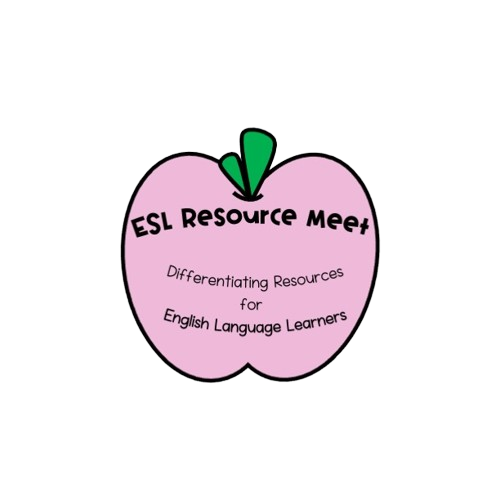
















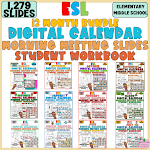


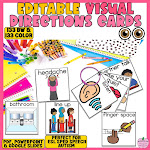





































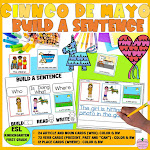







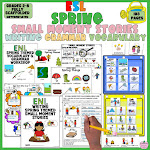




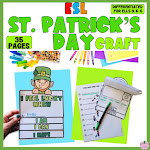
















































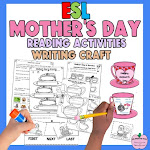
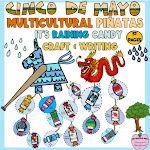
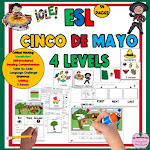
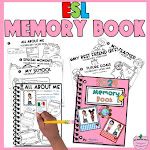




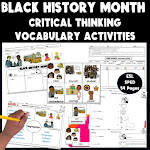



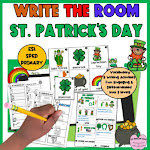
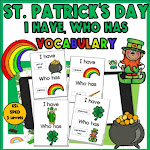
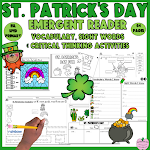



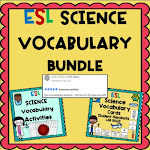




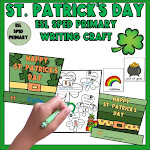

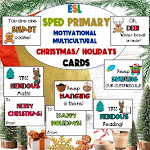


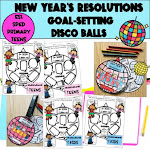
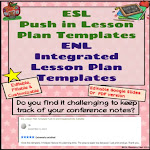




0 Comments